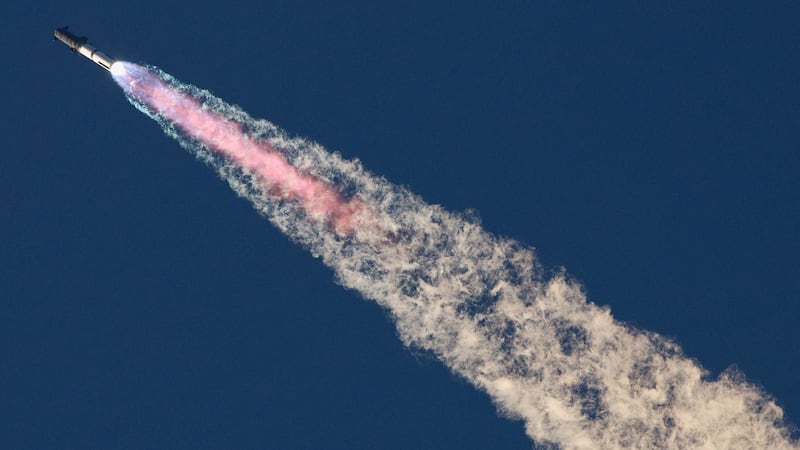What Exactly Happened On SpaceX’s FIFTH Starship Test Flight!

On today’s episode, SpaceX has achieved the impossible yet again, and we’re discussing everything that happened during Starship’s latest test flight, including the aftermath of a historic rocket landing and the implications for Starship’s future.
Unlike previous launches, Flight 5 didn’t launch right at the top of the launch window at 7:00 a.m. local time. The flight was delayed due to boats in the Gulf of Mexico downrange from the launch site, a common safety measure in rocketry as objects beneath the rocket’s flight path could be dangerous if debris were to fall. Fortunately, the area was cleared, and the launch commenced at 7:25 a.m. with Super Heavy Booster 12 and Starship 30 lifting off from Starbase, Texas.
By T+2:42, the spectacular hot-stage separation took place: most of the booster’s 33 Raptor engines shut down, while six engines on Starship ignited, sending the booster into a controlled backflip. As Super Heavy completed the maneuver, its center engines re-ignited, beginning the Boost Back Burn to slow from over 5,000 km/h.
Back on the ground, complex system checks were in progress, ensuring every component was ready for an audacious plan: catching the returning booster. This feat involved Mechazilla, the colossal tower outfitted with “Chopstick” arms, which were designed to catch rockets in mid-air. As the booster descended, compressed CO2 purged methane gas, and by the time it reached denser air, its base glowed red from heat.

Guided by four grid fins and aided by aerodynamic chines, the booster lined up with Mechazilla. At an altitude of 1 km, the center engines relit for a brief yet powerful landing burn, slowing the booster drastically. As it neared the Chopstick arms, both positioned independently, they closed on the booster’s metal pins with perfect precision, cushioned by foam padding and shock absorbers to absorb its weight. It was a flawless catch, one of SpaceX’s most extraordinary accomplishments to date.
Elon Musk later reported Booster 12 was in great shape, despite minor damage like warped nozzles, easily fixable in future Raptor upgrades. With each flight, SpaceX moves closer to a booster that could launch and land within hours, a new era of rapid reusability.
Meanwhile, as Booster 12 returned, Starship coasted to an altitude of 212 km, reaching nearly 26,000 km/h. However, its speed was slightly below that required for a complete orbit. Around T+46 minutes, Starship began re-entry, experiencing low drag, followed by the more intense Peak Heating phase, as plasma gathered beneath the ship due to compressed gas at high speeds.
As it continued to descend, Starship passed through high dynamic pressure, testing an improved heat shield with an ablative material beneath black hexagonal tiles. This innovation will be crucial as Starship progresses toward future missions. The next-generation spacecraft is reaching new heights, ready to redefine the boundaries of space exploration.








